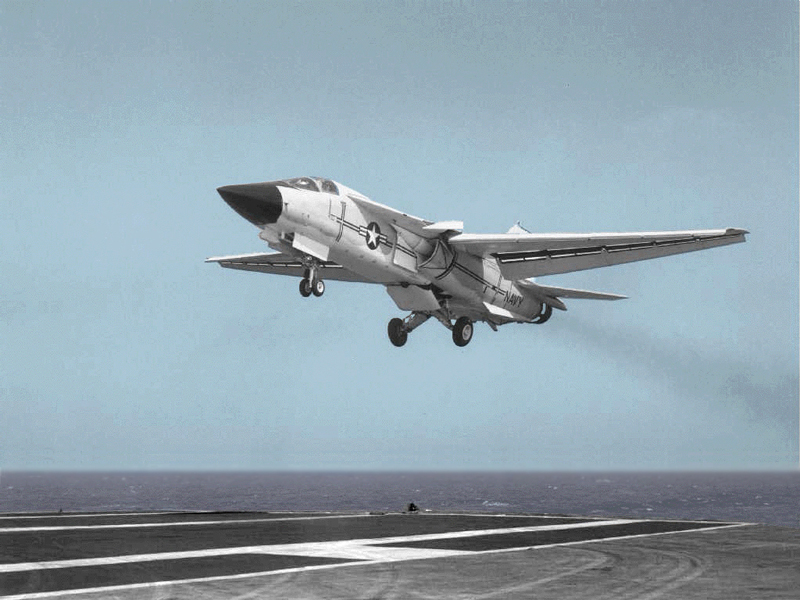I have no issue with wanting to retain them for the strategic role, that seems perfectly logical and I'm not really entirely sold on B-1B-missileers (nor am I opposed - I'm fairly agnostic) but I take issue with this "messaging" problem.
When it comes to actual strategic weapons, politicians and commanders tend to be a bit conservative to the point of hesitant. There are good reasons for that.
This scenario is predicated on nuclear-capable Badgers and Backfires swanning about the UK & Norwegian ADZs.
The circumstances of RSR saw Badgers and Backfires used against NorthLant convoys, Strike Fleet Atlantic and in the first hit on Iceland.
The chap in this thread refers to ‘convoys being hammered’.
I would say that a reasonable interpretation of that would lean towards the location of the ‘convoys’ being in the ‘New Mid Atlantic Gap’, not the UKADZ nor that of Norway.
This scenario is predicated on an existential threat to one or more CVBGs.
No, the scenario refers to convoys. The first mention of carrier battle groups in the thread prior to yours seems to be a mistake by Butch4343 as to the tactical parameters of their use.
It suggests to me the kid-glove phase is over and the forward deployment of B-1Bs to the UK is at least as much of an equalizing as an escalatory event - provided the numbers of are of a reasonably low order. Provided they stay west of ...say... Bodo, the USSR hasn't really got an excuse for outrage.
There is absolutely no reason to forward deploy an intercontinental bomber to Britain or Japan for that matter. They are solely nuclear penetrators at this time. Move them and the other side notices. When dealing with tens of thousands of strategic warheads on each side, a modicum of caution is not entirely unwise.
I'm curious, at what point would you have the US stop pretending it doesn't possess strategic bombers to avoid upsetting the USSR while theirs maraud away?
Both sides were aware of what the other had, and kept their strategic bombers for the purposes of destroying the world. Soviet Naval Aviation Badgers and Backfires aren’t the same thing as SAC, with apologies to all the US negotiators in the 1970s who tried to tie in the Backfires.
When the Carl Vinson has turned turtle?!
As USS Carl Vinson was in the Pacific Fleet from 1983, she doesn’t feature in RSR. The carriers employed for the liberation of Iceland are Nimitz, Indy, America and Saratoga, IIRC.
Yes, the Backfires are tactical aircraft but they are also strategic aircraft, it depends on what you load them with. I don't see why the US can't use the same loophole with equal impunity. Sauce for the goose.....
When it comes to strategic nuclear platforms that only have a use as such, it is wiser to be a bit careful, regardless of little aphorisms or use of ellipses.
Not to mention there are already thousands of nuclear-capable aircraft in Europe already.
But not strategic nuclear bombers such as the B-1 or Tu-160.
Does it escalate the moment a F-4E or Tornado crosses into eastern Germany?
As said above, this is something of a strawman. The point is not that a B-1 is nuclear capable, but that at this time it was nuclear only.
I suggest that the movement of silo hatches or SSBNs would be a sign and evoke a strong, negative reaction, of course but aircraft are dual-use assets and their deployment wouldn't spark an escalation in of itself, at least until the advent of the B-2, anyway.
Largely irrelevant and drifting far away from the issue. Using a B-1 as ‘VLR offensive counter air’ over convoys wouldn’t need any deployment outside of the US, but given their status as the tip of SAC’s nuclear spear (and carrying the toughest jobs of any USAF bombers assigned to SIOP missions as deep penetrators), it isn’t wise to launch a full 25% of their strength in one go in the direction of the Soviet Union.
When it comes to the end of the world, getting paranoid, aged, half drunk Sovs any more antsy than necessary is a good way to bring it about, even in Clancy’s fancy-verse.
